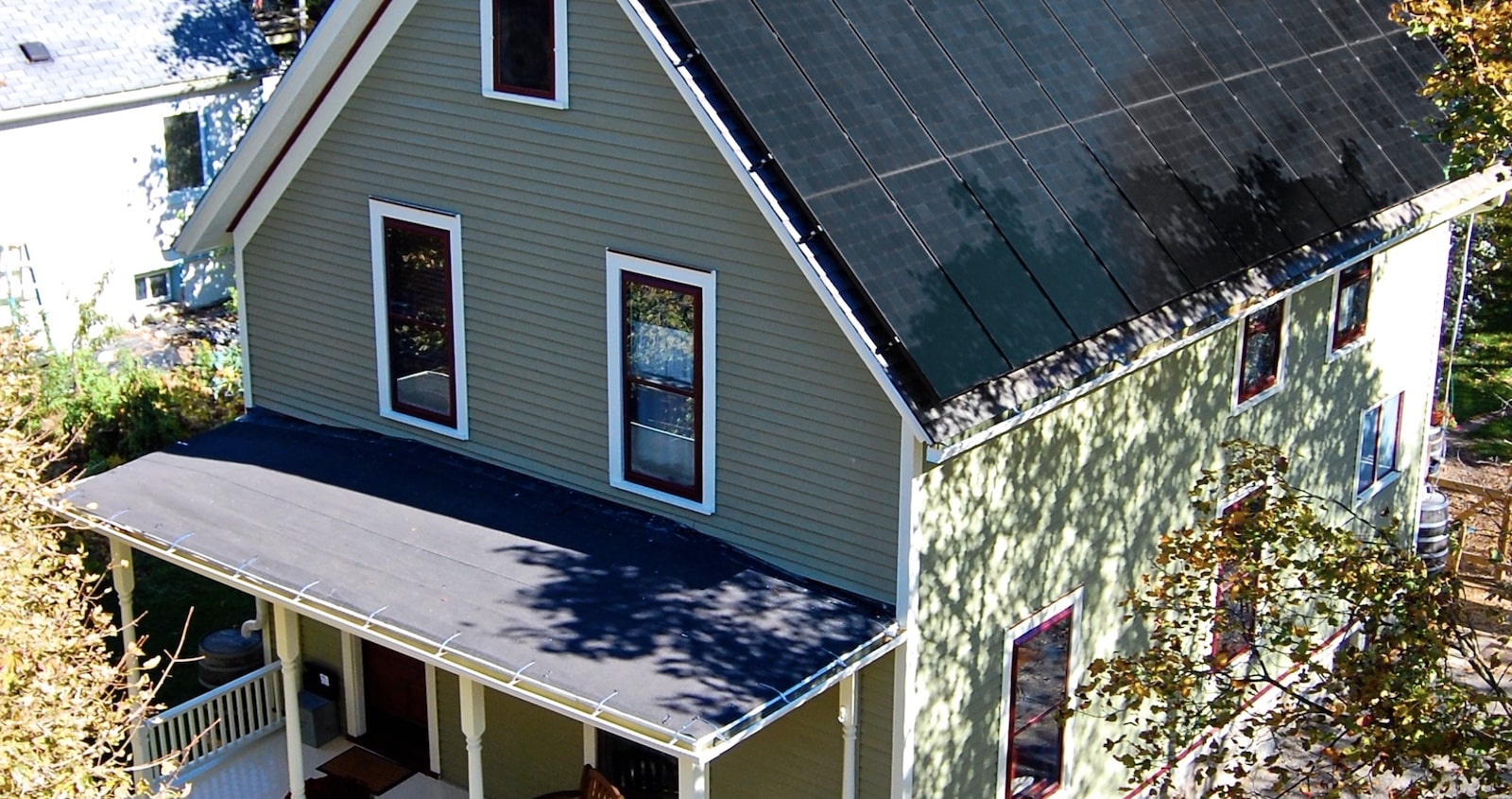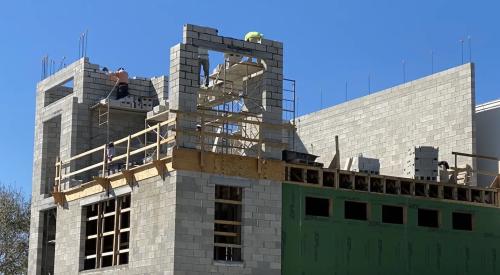To sell energy efficiency means much more than selling clients on energy-efficient appliances, green products or higher R-value walls. The hard part, says Tom Konrad, an analyst for AltEnergyStocks.com, is to get builders to change their sales mindset. “After all, sales teams sell what they can sell, and for a number of years builders simply couldn't build code-compliant homes fast enough. Obviously all that has changed,” says Konrad.
It's up to you to catch up and learn how to sell it well.
“We try to convince buyers that it's a good long-term investment to pay more for an energy-efficient home,” says Georgia Newcomb, sales manager for Summit Residential in Fairfield, Conn. The problem, Newcomb says, is that builders and salespeople don't know how to get the message quite right for their target audience. Newcomb says explaining how the new appliances and methods work doesn't necessarily help you make the sale. People need to see they will save money in both the short- and long-term if they buy one of your homes.
The Three-Prong Approach to Selling High-Performance Homes
Newcomb's firm specializes in building Energy Star-rated homes. In a down market, one thing builders can lean on is the fact energy-efficiency products and methods sell. The technique Newcomb applies is a three-pronged feature approach for the most bang for the sales buck.
1. Sell the shell, or the home's exterior.
This includes the insulated siding, double-paned windows and other features.There has to be value of the features — perceived or otherwise — for your homes to have a chance to sell. “It's all about the pocket book. People are terrified of the winter,” says Newcomb, who points to the home's “shell” and the Energy Star name as the first prong. The envelope and the systems coming in and out of the home are the most obvious money-saving and energy-efficient factors to mention first to buyers.
2. Install renewable-resource heating/cooling systems such as geothermal heat pumps and get as far away from fossil fuels as you can.
The second prong is installing ground-source heat pumps, which Summit Residential uses in every conceivable situation it can. “The geothermal system we have is the most important piece in our sales pitch,” she says, adding, “People think they can't do geothermal in the Northeast and other places. That's the part I really play up. You have to ask them how they'd feel if they didn't have to pay these crazy heat prices.”
3. Incorporate solar panels into your roofs; they are perhaps the easiest systems to implement, carry the most consumer awareness and generally have the most generous manufacturer-based rebate programs.
Photovoltaic solar panels is the third prong in Newcomb's strategy because of its high visibility and long history of being seen as an eco-friendly product. Newcomb points to other firms besides Summit (especially in energy-starved Western states) that are installing low-profile solar panels and solar-based HVAC units as great exterior selling points.
Getting buyers convinced these products will work to their advantage is not always an easy sell. Because the features are so new and different, the products that make up a more efficient home might not be as attractive to those unfamiliar with the benefits. Newcomb notes there will be problems of misplaced incentives and that the attitudes, awareness, perceptions and general level of knowledge of their potential consumers will be lacking with any new program. You can only sell some people on highly rated insulation, windows and doors. “Not everyone's an engineer, unfortunately,” she says.
RELATED
- 14 Best Practices in High-Performance Home Design
- For Better Indoor Air Quality: Build Tight and Ventilate Right
- An Energy Efficiency Road Map for Home Builders
7 Steps to a High-Performance Home
Sara Lamia, who is a Master Certified Sales Professional (MCSP), is president of Building Coach and has a similar approach for a more mainstream focus. However, she isn't sold on the assumption that energy-efficient practices and products will automatically sell better. Lamia takes the idea of a “high-performance home” and breaks the sales approach down into seven elements:
- Have a tight thermal envelope
- Use the sun's heat and home orientation to the homeowner's benefit
- Install efficient heating and cooling systems
- Keep the homes tight but well-ventilated
- Install effective water and wastewater management
- Include energy-efficient appliances
- Implement home-performance testing
Lamia notices builders hem and haw at the last point. “Some come at us and say, 'I've built 5,000 homes. You're telling me I have to test every one of them?' and I say well, we build a lot of airplanes. I like to think that we test every one of those!”
Lamia follows this more direct approach for several reasons. “Consumer reports that ask homeowners 'Would you be willing to spend more on green?' are worthless in my opinion,” she says. “The surveys don't ask people to put the extra money down. It is one thing to say they'll spend more, but when it comes down to contract time, people invariably choose the granite countertops over the energy-efficient appliances.” Perhaps, Lamia says, sales teams should also play up the “pioneer” tactic: sell buyers on the idea that they will be the first to join a new wave of energy-efficient and smarter living.
Interestingly, Lamia likes to compare the current state of the home building industry to the auto industry. “What has made Toyota popular? It's their high-performance cars, like the Camry, not the high-end Prius. The reason people buy Toyota is because of the quality, the way they perform and the higher resale value. It's about perceived quality,” says Lamia. Like a high-performance car, Lamia sees a future full of high-performance homes that can be built at all price points and floor plans.
Where Lamia and Newcomb agree wholeheartedly is the idea of third-party testing — any third-party certification — as a good thing. There may even be an unforeseen benefit such as more productivity and accuracy on the job site. “Energy Star is a good first step. … If you can get the trades to be a part of the system I think you'll greatly improve productivity. Your trades will know that at the end of the day they're work is going to be tested. And I think it'll be great for morale and their pride to know they've done a job well,” says Lamia.
RELATED: A Home for the Ages: Sustainability, Health, and Attainability in One
To Sell High-Performance Homes, Know Your Audience
Like Lamia, not every sales professional is sold on selling energy efficiency outright. Lyon Real Estate Broker-Associate Elizabeth Weintraub explains the benefits of energy efficiency and how those benefits directly translate into the dollars buyers will save — what might carry more weight for today's buyers. And like Newcomb, Weintraub realizes buyers don't really understand (or need to understand) the inner workings of green or energy-efficient homes. But they do realize their importance, both in cost-saving measures and eco-friendliness. “As with most new homes and innovative products, there are drawbacks those buyers appreciate hearing upfront to avoid surprises down the road,” says Weintraub.
Konrad, who has published several articles on the topic, sees each buyer fitting into one of three easy price level tiers. This tactic gets the salesperson to understand each client and to figure out how to cater the energy efficient message. On the custom-built end, the superficial benefits, like solar panels on the roof and such, will resonate better with buyers. For the move-up, mid-range buyer, sales teams can dial in the health and safety benefits of the home. “People in this price range are willing to pay extra, especially if they have kids with asthma. Then you can pile on the other benefits,” says Konrad. And on the lower-end of the spectrum Konrad says builders should work with banks and take a look to offer mortgages with benefits and caveats catered to a lower cost of ownership.
Help Homebuyers Qualify for Energy-Efficient Mortgages
If buyers are looking for an energy-efficient home, says Konrad, sales teams can help them qualify for an Energy-Efficient Mortgage (EEM). With an EEM, builders and homeowners alike are encouraged to have an energy rating for their new or existing home, which will tell you and the lender how energy efficient it is. This can help drive sales by not only theorizing but proving that a more efficient home will mean lower bills. Konrad says the rating typically involves an inspection by a professional energy rater who is certified under a nationally or state-accredited home energy rating system (HERS). “There are several options regarding HERS, so the type used will depend on where you live. Some states even have more than one HERS,” says Konrad.
While nothing new, the EEM requires some research. The cost of a home-energy rating and how it can be paid — financed in the mortgage, by the seller, by the bank or the Real Estate Agent — as well as the availability of certified energy raters, can vary from state to state and from one EEM program to another. It is, according to Konrad, potentially a great sales tool, especially for buyers who are looking for affordability.













